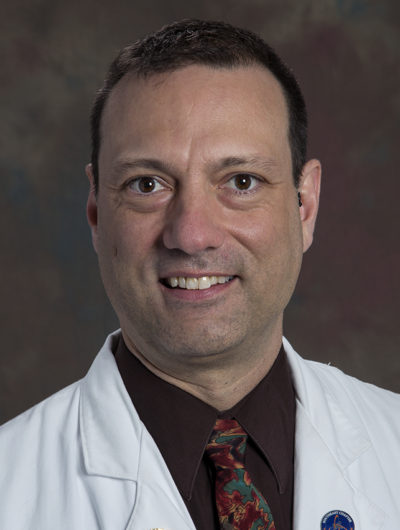Two Perspectives on Simulation in Critical Care Training Perspective Two: Shadows of the Platonic Ideal
The aerospace industry is rightly recognized as a model for the utility of high-fidelity simulation, and the medical education community has sought to apply and extend this experience. However, a staggering amount of research, engineering, and resources underlies the success of aerospace simulation, which is likely underappreciated by physicians. From early jet fighters to the space shuttle and beyond, aerospace developed specific technologies to study, regulate, and compensate for the cognitive and psychological deficits in human interactions with complex systems that cannot tolerate failure. Furthermore, sophisticated models of these complex systems, and the forces governing them, were developed to enable truly high-fidelity simulation. While we share similar aspirations in medicine, we often mimic this process superficially, often believing that any act of simulation will produce the desired skill and further be generalizable to the subjects’ overall ability to function as anesthesiologists.
Astronauts, for example, will spend as much as one third of their total training in a simulator, including both partial task trainers and high-fidelity. Given the expense of this investment, the cognitive goals are extraordinarily well researched and carefully implemented by professional teams of engineers, technicians, and psychologists. In comparison, simulations in medical education are often created and implemented by lay educators with little technical background, constitute a minute fraction of overall training time, and lack rigor in their evaluation. Even when more advanced technologies are utilized, I almost always see them reduced to a PBL discussion with visual aids rather than recreating a human interface with a complex system.
While many studies confirm that trainees generally enjoy simulations or subjectively feel as if they learned something, rigorous studies have not convincingly or consistently demonstrated the utility of, or retention of knowledge with, medical simulation beyond a few isolated tasks. However, near-mystical powers are often attributed to simulation. Given the increasing paucity of time in medical education, it is worth asking: are we using simulation for the sake of simulation, or because everyone is doing it? Does our implementation objectively solve an educational deficit that cannot be met in any other way?
The critical evaluation of medical simulation must be bidirectional. Often, participants are assessed by their ability to adhere to elements of a predefined checklist, with failure conceptualized as intrinsic to the participant. However, failures in process adherence are potentially complex. Is the simulation itself sufficiently “real” to elicit typical clinical responses? Indeed, unexpected behaviors, superficially conceptualized as adherence failures, that are elicited through the process of simulation may be used to refine associated processes of care, or clinical environments. Again, we can look to the aerospace industry to understand the value of simulation when it comes to engineering processes by which humans interact with complex systems.
This is not to say that there is no role for simulation. I am, in fact, fascinated by the technology and the theory and have spent a significant amount of effort exploring both. However, if we are to engage in high-fidelity simulation, we need to find a way to engage in it professionally and with greater scientific rigor.
References
- Laschinger S et al. Effectiveness of simulation on health profession students' knowledge, skills, confidence and satisfaction. Int J Evid Based Healthc. 2008 Sep;6(3):278-302. doi: 10.1111/j.1744-1609.2008.00108.x.
- Khanduja PK et al. The role of simulation in continuing medical education for acute care physicians: a systematic review. Crit Care Med. 2015 Jan;43(1):186-93. doi: 10.1097/CCM.0000000000000672.
- Roberts F and Cooper K. Effectiveness of high fidelity simulation versus low fidelity simulation on practical/clinical skill development in pre-registration physiotherapy students: a systematic review. JBI Database System Rev Implement Rep. 2019 Jun;17(6):1229-1255. doi: 10.11124/JBISRIR-2017-003931.




































